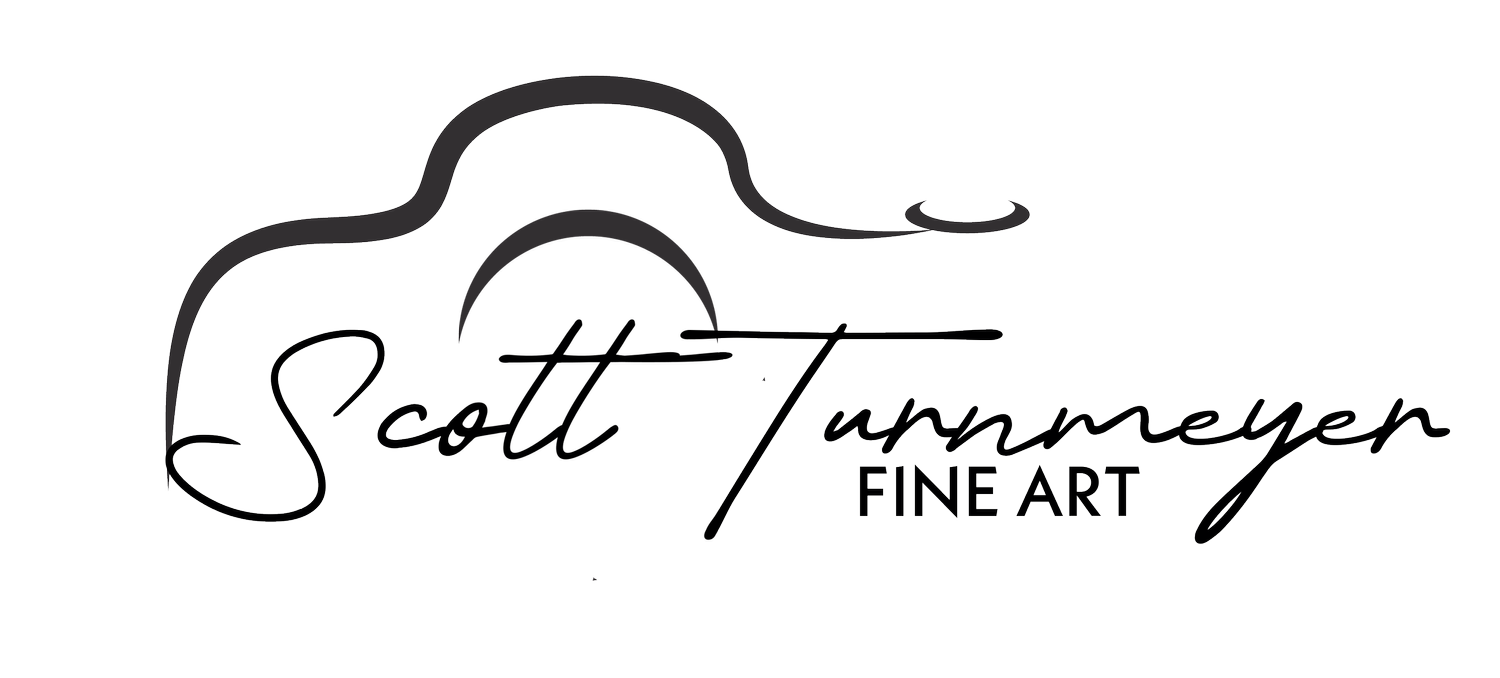Mastering the Rule of Thirds in Photography: A Guide for Stunning Compositions
Photography is an art, and like all art forms, it relies on certain principles to create visually appealing and impactful images. One of the most fundamental and widely used principles in photography is the Rule of Thirds. This simple yet powerful compositional guideline can transform your photos from ordinary to extraordinary. In this blog post, we’ll explore the Rule of Thirds, how to apply it, and why it works so well.
What is the Rule of Thirds?
The Rule of Thirds is a compositional technique that divides an image into nine equal parts using two equally spaced horizontal lines and two equally spaced vertical lines. By placing key elements of your composition along these lines or at their intersections, you can create balance, interest, and a natural sense of flow in your photos.
Imagine your camera’s viewfinder or LCD screen with a grid overlay. This grid helps you visualize the Rule of Thirds and guides you in framing your shots effectively. Most modern cameras and smartphones have a grid feature that you can enable, making it easier to practice and perfect this technique.
Why the Rule of Thirds Works
The Rule of Thirds works because it taps into the way humans naturally perceive visual information. Studies have shown that our eyes tend to be drawn to the intersection points of the grid, known as power points, rather than the center of the frame. By aligning your subject with these points, you create a more engaging and dynamic composition that feels balanced and pleasing to the eye.
How to Apply the Rule of Thirds
Enable the Grid: Most cameras and smartphones allow you to display a grid overlay in your viewfinder or on the screen. Turn this feature on to help you see and use the Rule of Thirds as you compose your shots.
Identify Your Subject: Decide what the main subject of your photo is. It could be a person, an object, a landscape feature, or even a point of interest in the scene.
Position the Subject: Place the subject along one of the vertical or horizontal lines or at one of the four intersection points. This off-center placement creates a more interesting and balanced composition than simply centering the subject.
Balance the Frame: Use the remaining space in the frame to balance the composition. For example, if your subject is placed on the left vertical line, try to include elements on the right side that complement the subject, adding depth and context to the scene.
Experiment and Adjust: Don’t be afraid to experiment with different placements and perspectives. The Rule of Thirds is a guideline, not a strict rule. Sometimes breaking it can lead to creative and unexpected results.
Examples of the Rule of Thirds in Action
Portraits: In portrait photography, placing the subject’s eyes along the top horizontal line and aligning them with one of the vertical lines creates a balanced and engaging composition. This draws viewers’ attention directly to the subject’s face and eyes.
Landscapes: For landscape photography, position the horizon along the top or bottom third of the frame, rather than centering it. This adds depth and interest to the photo. Including elements like trees, rocks, or buildings at the vertical intersections can further enhance the composition.
Action Shots: In sports or wildlife photography, positioning the subject along one of the vertical lines while leaving space in the direction they are moving or looking can create a sense of motion and anticipation.
Breaking the Rule
While the Rule of Thirds is a powerful tool, it’s essential to know when to break it. Centering the subject can create a strong, symmetrical composition, especially in architecture, macro photography, or when aiming for a minimalist look. The key is to understand the rule well enough to break it intentionally and creatively.
Conclusion
The Rule of Thirds is a foundational principle in photography that can significantly enhance the composition of your images. By practicing this technique, you’ll develop a keen eye for balance and interest in your photos. Remember, photography is both an art and a science. Use the Rule of Thirds as a guideline to create visually appealing images, but don’t be afraid to experiment and find your unique style.
Don’t forget to follow me on all of the socials below and tag me in your photos showcasing the Rule of Thirds or when you decided to breakaway. Happy Shooting! - Scott



